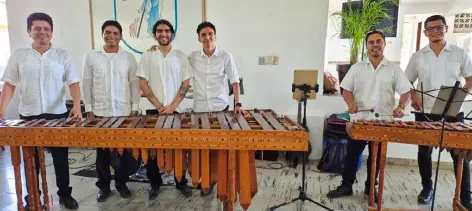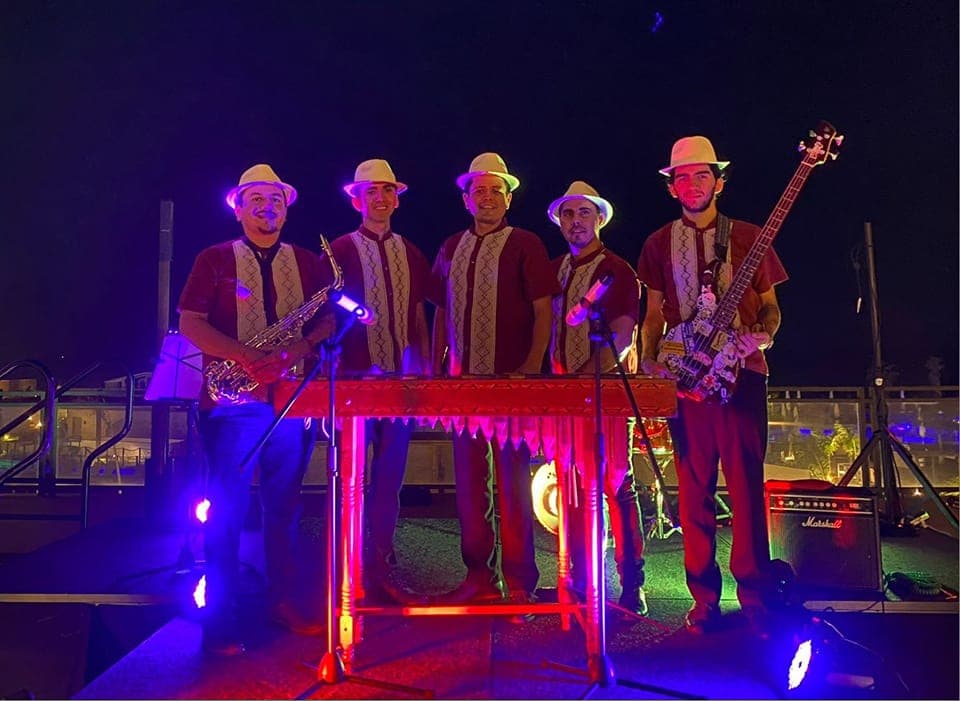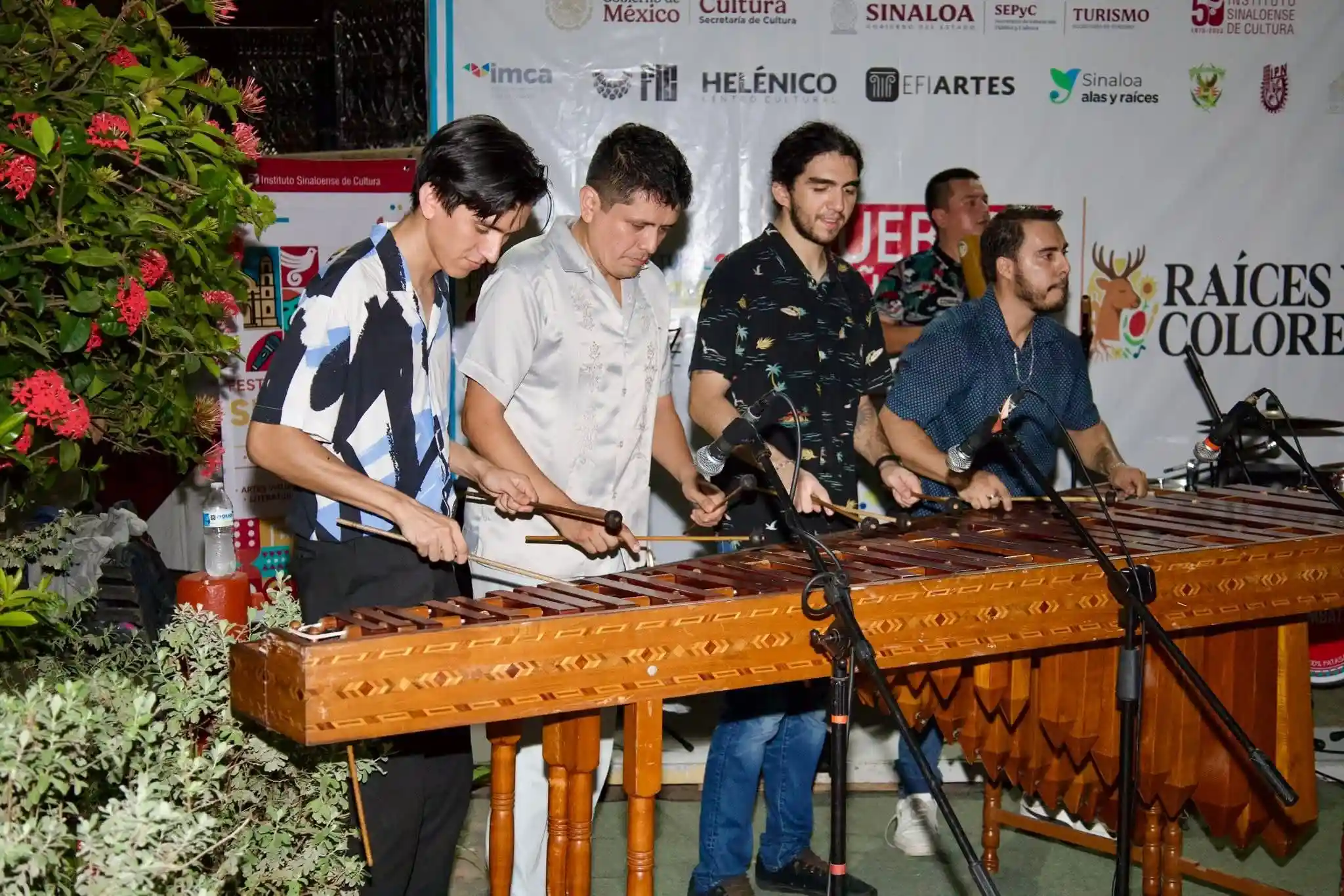By Lorenzo Covarrubias,
PhD in Cultural Anthropology
This past June the Museo Casa Haas here in Mazatlán hosted the youth percussions ensemble Percusiones del Centro Municipal de las Artes: the guest of honor, the marimba. This most of Mexican instruments is rarely seen or heard in our port city, but things are quite different in other regions of México, particularly the southern states. In fact, it is the official instrument and sound of the state of Chiapas, which borders Guatemala. Also, during the first week of July I went to Oaxaca city, and the main zócalo (square) had one or two marimbas playing daily everything from cumbias, boleros and danzones…to Frank Sinatra’s “New York, New York”!
However, a lead instructor of this youth ensemble that played at Casa Haas, Max Carreón, is making sure the amazing and distinctive sound of marimbas is heard in the city. I first came to know his group—Marimbatlán— one Saturday at the Farmer’s Market on Plazuela Zaragoza. I promptly asked for a danzón piece, and he also promptly led his group in playing “Nereidas”, the most famous danzón in México. Danzón is a Cuban-Mexican ballroom as well as popular dance style that also takes place at the Plazuela Zaragoza; so, it was quite the proper thing to do. In fact, Marimbatlán has played at two danzón events in the city for danzoneros (danzón dancers), since. And, this group has been a part of past Art Walk/Camino del Arte events, and will surely be participating again.
A point with the danzón anecdote is to highlight that marimbas are able to play all kinds of music…from classical to hard rock. Marimbas can come in different sizes and with differing number of marimba players as well. They are often accompanied by other instruments—trumpets, saxophones, bass guitars, batteries—and other as needed or called for. I’m no purist, yet I often prefer to hear the marimba and its own sound without accompanying instruments. Nevertheless, in my recent trip to the city of Oaxaca, I danced a danzón with a marimba that included the melancholic and haunting sound of a trumpet which definitely added ‘feeling’ to my danzón routine.
A point with the danzón anecdote is to highlight that marimbas are able to play all kinds of music…from classical to hardrock. Marimbas can come in different sizes and with differing number of marimba players as well. They are often accompanied by other instruments—trumpets, saxophones, bass guitars, batteries—and other as needed or called for. I’m no purist, yet I often prefer to hear the marimba and its own sound without accompanying instruments. Nevertheless, in my recent trip to the city of Oaxaca, I danced a danzón with a marimba that included the melancholic and haunting sound of a trumpet which definitely added ‘feeling’ to my danzón routine. country where this sound is popular. While in South America, Colombia and Ecuador are the two countries with a marimba tradition, as well.
Equal to other musical instruments, sounds, and dances…marimbas have also evolved. In fact, the first marimbas were playedclose to the ground, very different from the present where players stand up due to the height of the marimbas themselves. The marimba has also gotten larger, bigger and with multiple keyboards. Still, its wooden origins are still favored over other forms. Plus, as with other musical styles in Latin America, there do exist debates on its origins. While commonly accepted by most that is of African origin and was brought to México and Central America by African slaves, there are some who find traces—symbols—of marimbas in Mayan structures. A third view holds that, yes, marimbas are of African origin…but that they were invented in the New World by African slaves, once they were here.
However it may be, the marimba sound and its richness can be found here in our musical city of Mazatlán. I hear rumors of a future music museum in this port city, and something would be amiss if this instrument and sound were not to be included. Its melancholic sound, yet vibrant when called for, has earned this musical tradition a special place in the hearts and histories of México, Central America…and our Mazatlán.





